A Step-by-Step Explanation
In vitro fertilization (IVF) is a complex and transformative process that has led to the birth of nearly 10 million babies since its first successful procedure in 1978. As a type of assisted reproductive technology (ART), IVF involves retrieving eggs from a woman’s ovaries and fertilizing them with sperm outside the body. For individuals struggling with infertility, understanding the steps involved can alleviate anxiety and help in making informed decisions.
Step-by-Step
Step 1: Preparation
The IVF process begins with thorough preparation. Both partners undergo a detailed medical history review and fertility tests. In preparation for the procedure, birth control pills or oestrogen may be prescribed to regulate the menstrual cycle and optimise the number of mature eggs available for retrieval.
Step 2: Ovarian Stimulation
In a natural ovarian cycle, typically only one egg matures and is released. IVF enhances this process using injectable hormone medications to stimulate the ovaries, allowing multiple eggs to mature simultaneously. The type, dosage, and frequency of the medication are tailored to each individual’s needs to maximise the chances of a successful outcome.
Step 3: Egg Retrieval
Once the eggs are mature, they are retrieved in a minimally invasive procedure. A thin needle, guided by ultrasound, is inserted through the vaginal wall to the ovaries. The eggs are then gently aspirated from the ovarian follicles. The retrieved eggs are placed in a special solution in a Petri dish and incubated. Medication and sedation are used to minimise discomfort during this procedure.
Step 4: Fertilization
Fertilization occurs within a day of egg retrieval. The eggs are combined with sperm in a controlled environment. In some cases, intracytoplasmic sperm injection (ICSI) is used, where a single sperm is directly injected into an egg. This method significantly increases the likelihood of successful fertilization. On average, about 70% of mature eggs will successfully fertilize.
Step 5: Embryo Development
Fertilized eggs, now called embryos, are monitored for several days as they divide and develop. Approximately half of the fertilized embryos will progress to the blastocyst stage, which is ideal for implantation. Suitable embryos can either be transferred to the uterus immediately or frozen for future use.
Step 6: Embryo Transfer
About five to seven days after fertilization, the embryo transfer takes place. This is a simple and quick procedure, similar to a pelvic exam. A speculum is inserted into the vagina, and a thin catheter is used to place one or more embryos into the uterus. The procedure is usually painless and only takes about 10 minutes. Post-transfer, mild symptoms like bloating, cramping, breast tenderness, spotting, and constipation may occur.
Step 7: Pregnancy
Two weeks after the embryo transfer, a blood test is conducted to determine if the procedure was successful. If the test is positive, prenatal care begins. Pregnancy success rates vary depending on various factors, including the age of the woman at the time of egg retrieval.
Conclusion
IVF is a multifaceted process involving several meticulously orchestrated steps to enhance the chances of a successful pregnancy. Understanding each phase of the process can help individuals feel more comfortable and prepared as they embark on this journey. With over four decades of success, IVF remains a critical option for those facing infertility. Maintaining open communication with healthcare providers is essential for navigating the process and making informed treatment decisions.
Contact Well-Life Hospital
At Well-Life Hospital, a renowned infertility treatment center located at No. 12 Atbara Street, Wuse 2, Abuja, FCT, we are dedicated to providing compassionate and comprehensive care to help you on your journey to parenthood. To learn more about our IVF services and to book a consultation, visit our website or contact us today.
- Website: welllifehospital.com
- Instagram: @welllifehospital
- Facebook: Well Life Hospital
- Twitter: @Well_Life_H
- TikTok: @welllifehospital
- YouTube: Well Life Hospital
- Mobile : +234 906 000 4314


